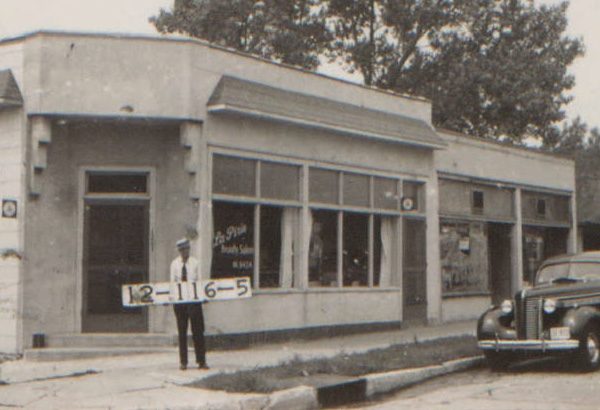
In the 1930s and 40s, this West Plaza neighborhood block had a corner grocery store and was home to young working-class families who moved in and out.
A reader turned our attention to the block bounded by Mercier and Holly between 47th and 48th Streets, where, she wrote, she had heard a respected sculptor had once lived and hosted dinner parties for the art scene. Research on the block didn’t turn up his story, but maybe one of our readers can fill in the details.
Meanwhile, here’s what we know about the block.
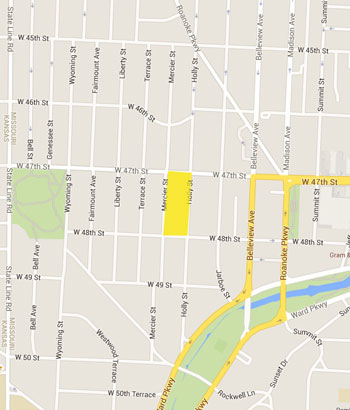
A 1907 map shows the block when it was first subdivided but before development began. Several major property owners were well-known Kansas City business and civic leaders who bought parcels of land but never lived on the block. It shows Henry C. Murdock, a Civil War veteran, owning the corner of 48th and Mercier. Martha A. Pitcher, a former teacher, and an active church volunteer, owned a few plots. George R. Barse, a cattleman who suffered a nasty divorce after he claimed in 1905 that his wife tried to poison him with morphine, also owned land here and in other parts of the city.

1907 Tuttle and Pike Atlas.
By the 1930 census, the block had been filled with working men, their wives, and children. Among those listed on the block include:
Residents of Mercier Street
- Paul N. Connet, who worked at Broadway Radio Service, his wife Estelle, and two daughters
- Eugene Hammer, salesman at a scale company, his wife Ruth, a daughter and a son
- Power house engineer Albert Schwerin, his wife and two sons
- Eddie Johnson, a printer, and his wife Daisy
Residents of 48th Street
- Charles Borel, a watch maker, his wife, daughter, and son-in-law
- Chester Suggs, a switchman on the railroad, his wife and daughter
- Ralph Wilsey, a paper hanger, his wife and son
Residents of 47th Street
- Railroad clerk George R. Hoagland, wife and three daughters
- Building contractor Frank A. Baken, his wife, two daughters, and a son
- George Reade, a club grounds keeper, his wife, son, three daughters, and brother-in-law.
Residents of Holly Street
- Francis F. Green, railroad switchman, his wife and two sons
- Leonard M. Hogan, a clerk
- Arthur Moore, jewelry salesman, and his wife
- Another jewelry salesman, Stephen J. Smith, his wife and daughter.
- Butler Morris, a railroad conductor, and his wife Esther.
Ten years later, in 1940 (the last year for which census records are currently public), most of the 1930s residents had left. The new residents, mostly young families with one or more children, either rented or owned their homes. The homes along 47th Street were all occupied by widowed women. The block was also home to a city policeman, a cattle salesman, the operator of a bar in the street railway, and an auto mechanic.
The photos below show the rest of the homes on the block as they looked in 1940.
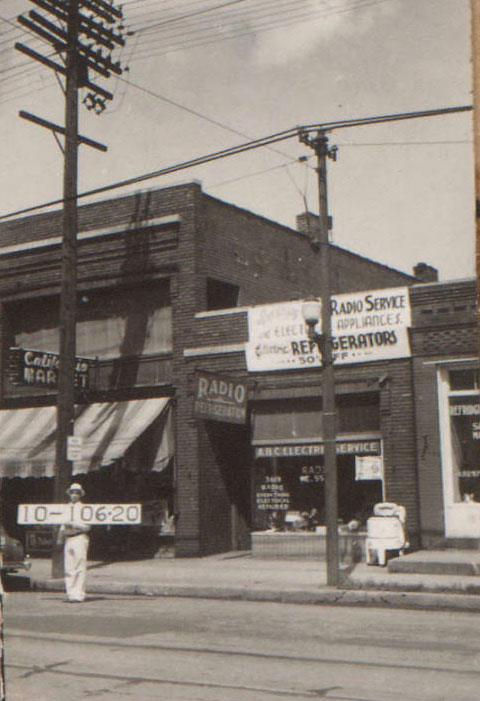
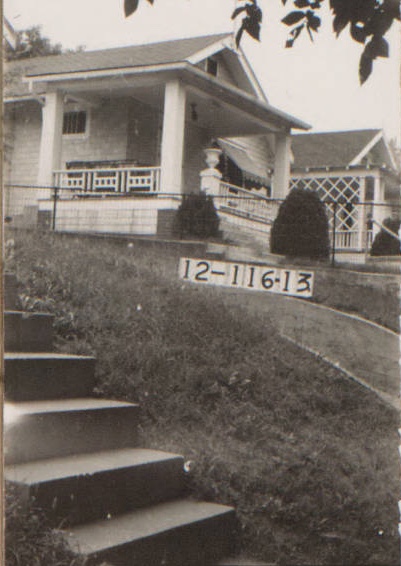
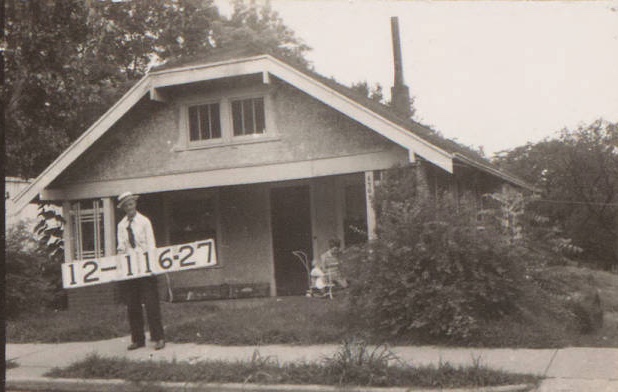
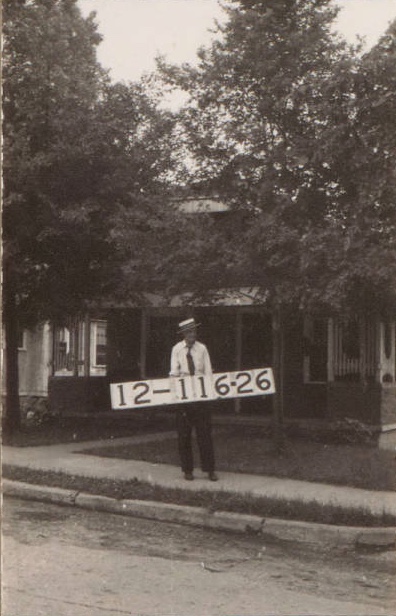
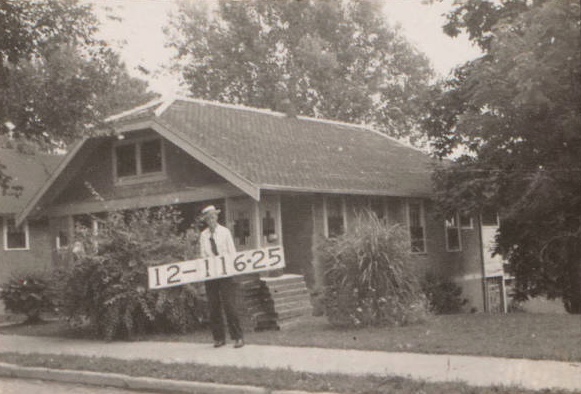
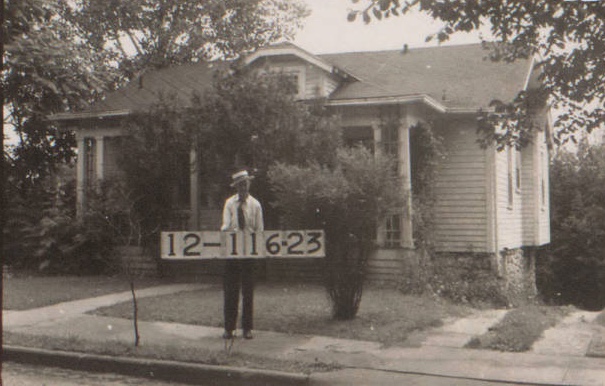
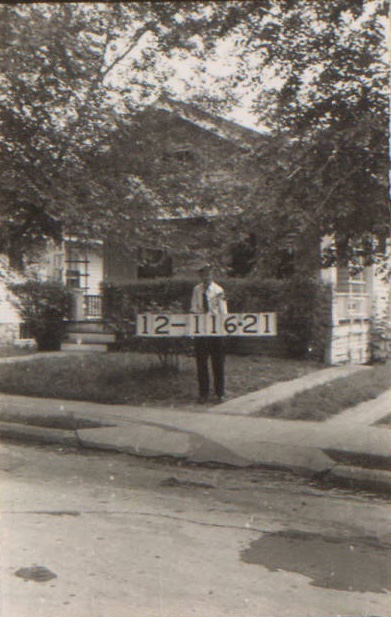
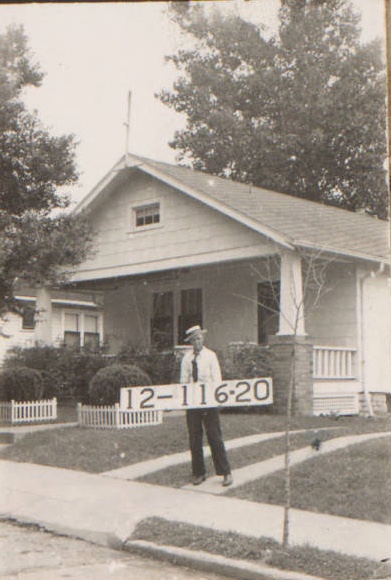
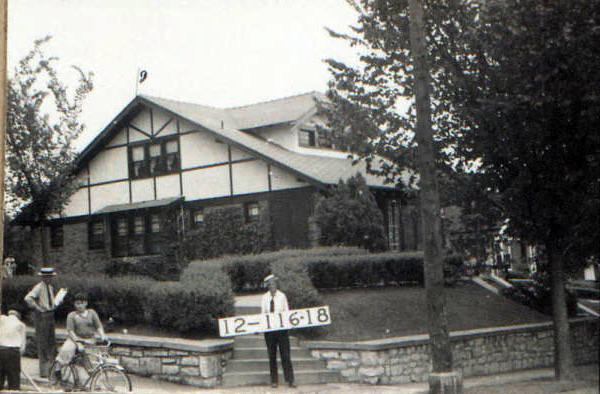
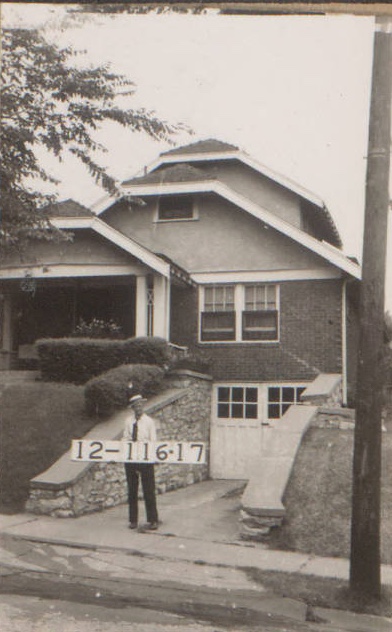
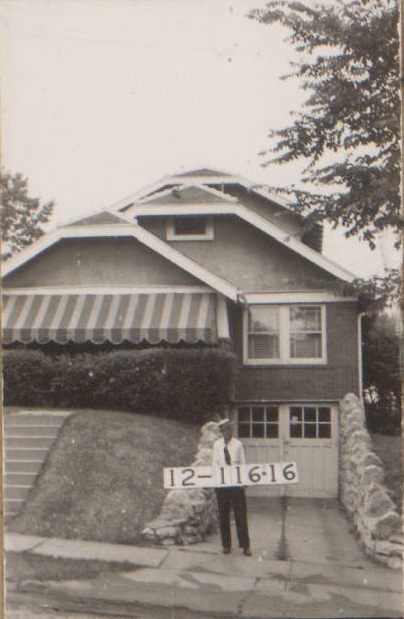
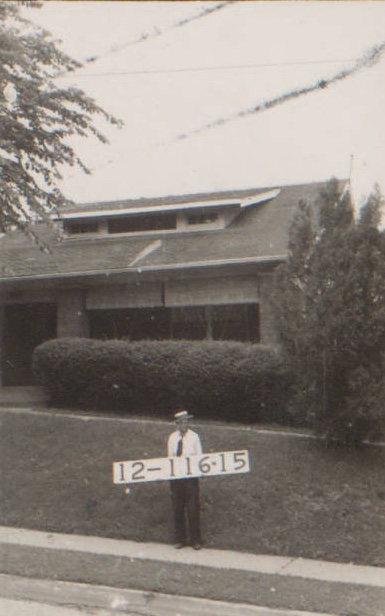
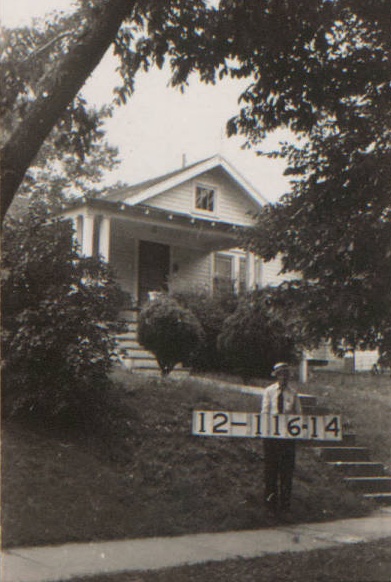
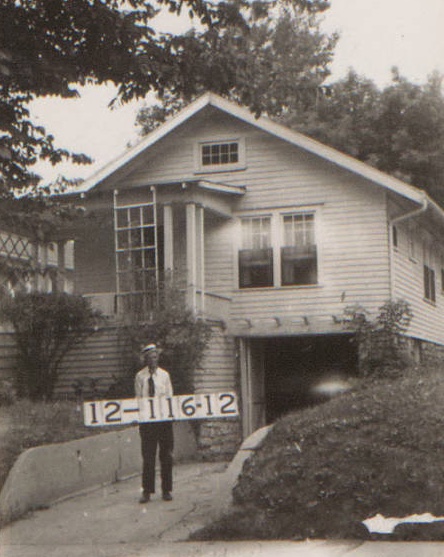
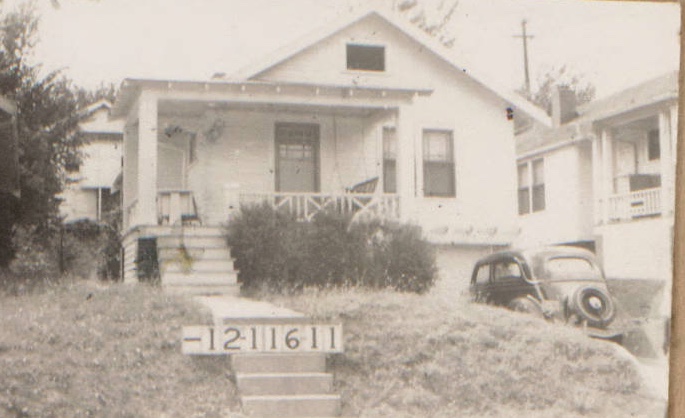
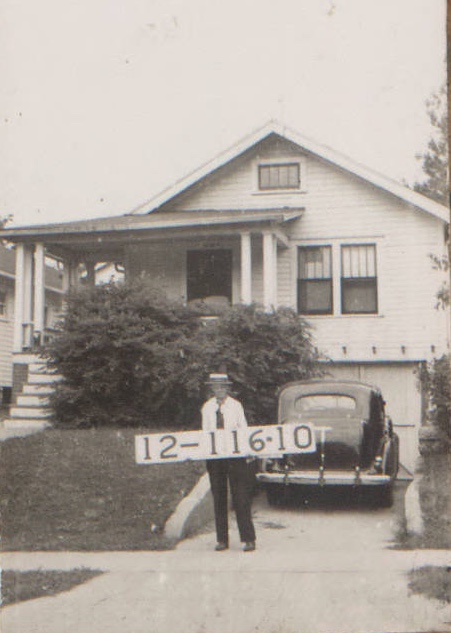
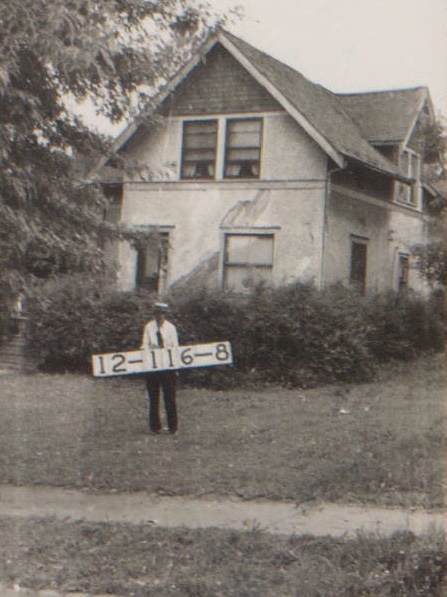
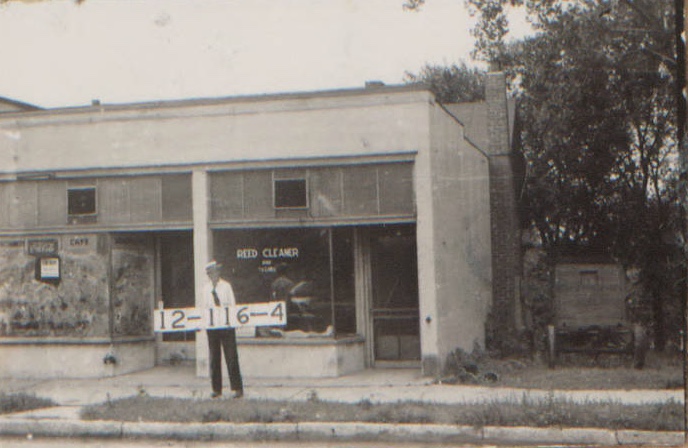

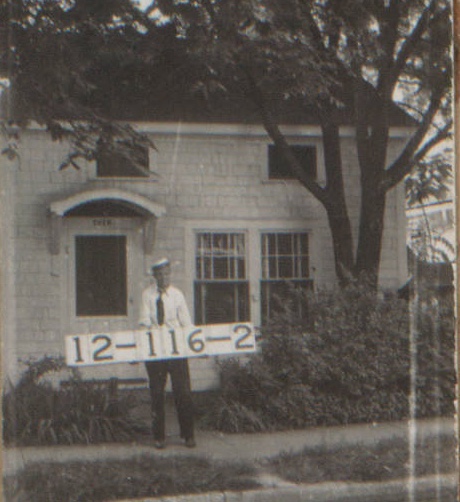
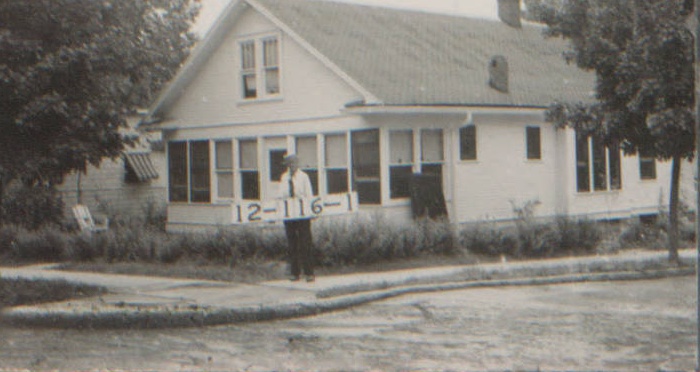
Historic photos courtesy Kansas City Public Library/Missouri Valley Special Collections.